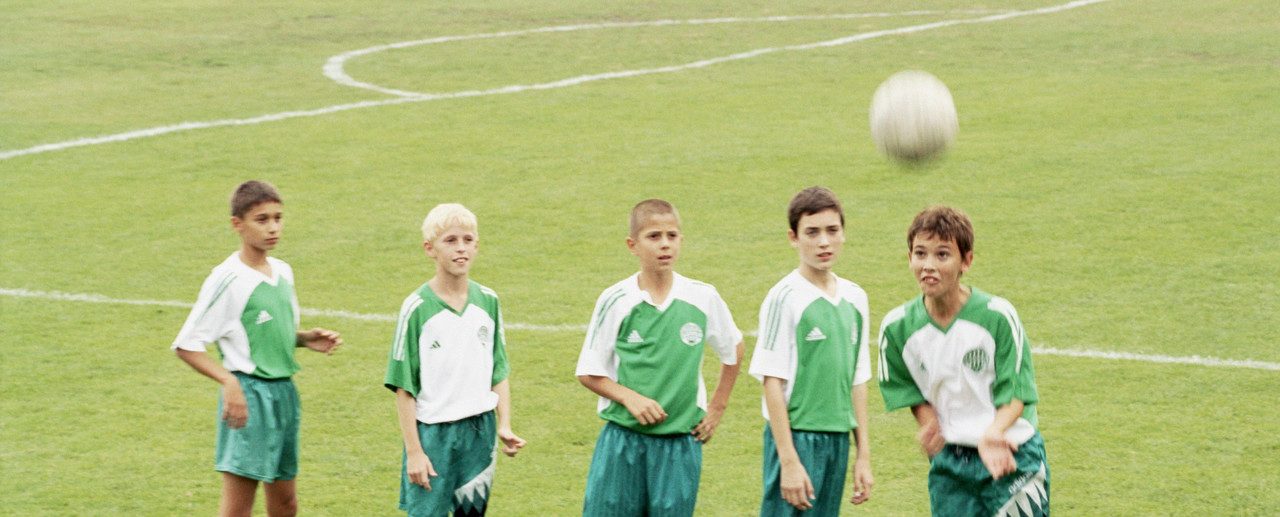February 23, 2018
Engagement: Bringing the Buzz Back to Learning

Watch a bunch of 4-year-old kids play, and you will see plenty of evidence that they are wired to learn. They are self-driven, they are creative, and they are exploratory. Maybe we don’t always think of it this way, but whether they are running, jumping, drawing, talking, building something, taking something apart, singing, splashing, or asking questions, they are flexing their inherent drive to learn about the world, others, and themselves.
YOU MIGHT ALSO LIKE: Getting Your Child to Listen: The Art of Redirection
Ask a bunch of college freshman how they feel about themselves, and you get a different picture. There’s lots of anxiety, depression, angst, and not nearly as much enthusiasm for learning as you would like to see. This picture comes from national surveys, is reinforced by accumulating suggestions that our college mental health centers are on overdrive, and resonates with many who teach young people, especially those who have seen these changes over time. Count me in here.
Now, to be sure, there are lots of factors to sort through. The teen years represent high-risk for depression and anxiety, and there are many biological and social factors that come into play. But what is disconcerting to me, and many others, is the idea that these young people have been learning to not enjoy learning. They work very hard, they can be very accomplished, but it’s all been about getting the right grades and getting into the right schools. That buzz from learning is being replaced from a dimmer light of succeeding.
One of the issues is that kids are not as engaged as they should be in the classroom. While “engagement” may seem like a fuzzy term, it comes to life via operational definitions provided by researchers. In particular, it is very instructional to consider three domains of engagement identified by experts:
- Behavioral: This refers to doing the work you need to do.
- Cognitive: This refers to understanding why you are doing the work you do.
- Affective: This refers to enjoying the work you do.
Think about this, for yourself, as applied to exercise. Imagine you sign up to work with a trainer at a gym. They set requirements — you need to come in four times a week, for 8 weeks, and you have a 45-minute routine to perform each time.
If you show up consistently and put in the required effort to do the routine each time, you are behaviorally engaged. This does not tell us, however, how you think or feel about this. You may just be doing it because you are being told to do it, and because you paid for it. The problem here may be that once the 8 weeks are over, you might stop exercising if you don’t develop some form of internal motivation.
Starting to figure out how the routine benefits you is a step in the right direction. You may begin to process that you are getting stronger from the weight work, more nimble from the flexibility training, and better conditioned from your cardio. As this unfolds, you are becoming cognitively engaged. But that still doesn’t mean you like it, and again you may trail off over time even though you understand the value.
YOU MIGH ALSO LIKE: Cultivating a Growth Mindset in Children: Why and How
But sometimes the exercise creates a buzz, especially after you have been doing it for a while. It starts to feel good to do that workout — and feel good when you push yourself to do more. You walk out of the gym feeling good about what you did, even a little pumped up. You start to crave it, even though it may physically hurt, and you will be a little sore the next day. When that happens, you have achieved affective engagement. And if you like something — if you get a buzz from it — you are more likely to seek it out in the future, even though it may be challenging. In fact, the more challenging, the more buzz.
Now apply this to school and students. If you tell students to work hard, and make them aware of the consequences (e.g., bad grades, perhaps lack of privileges if they don’t work hard), and they end up working hard, that’s behavioral engagement.
If students are given enough information and opportunity for application in the classroom, they may begin to realize what happens when they work hard. They can solve problems they couldn’t solve before. They can express their thoughts better, verbally and on paper. They have an understanding of why animals behave in different ways, or why the sky changes color. All this adds up to cognitive engagement — they realize that the hard work improves their abilities and competencies.
But what about the buzz? This is where there is concern in educational circles. Eventually, we want kids to be self-driven and cultivate their inherent love of learning. Put another way, we don’t want to squeeze that out of them throughout their educational experience. We don’t want them heading off to college to just work hard so that they will get a good job — we want them to be excited about learning so they can find and pursue their passions in order to be their best selves. That’s what true success will be.
So what do we have to do? Here are a few ideas.
Replace pressure with motivation. Stop focusing on the tests and the grades as the only outcomes that matter. Promote learning and performance will follow. Keep in mind I have had deans of admissions for colleges tell me that they want to see more joy and enthusiasm in their applicants so that they can be confident they will be self-motivated and active learners when they get to campus. Let’s spend more time asking kids what they are studying rather than what grade they got on the test.
Stop relying exclusively on tests. The world is very complicated, and a whole range of skills will be needed to be successful. Digesting tons of information and showing that you can spit it all back out is an antiquated skill. Kids need to learn how to think, question, discuss, experiment, and manipulate information. They need to wrestle with issues that don’t have simple answers. They need to work with other kids to learn how to collaborate. While these are in fact measureable skills, the broader point is that we don’t need to “test” constantly. Some of that is necessary for sure, but classrooms need to be more dynamic, interactive, and open-ended — because that will be the world. Think about being a doctor today. For many health issues, there is no one magic bullet that will completely solve a patient’s problems. Many streams of information need to be considered, and imperfect solutions explored. I don’t care how well doctors scored on a test. I want to know that they can utilize this hot mess of data and figure out possible avenues to try and evaluate in an iterative manner, knowing that they will not cure us of, say, allergies, sinus problems, digestive issues, arthritis, and many other complex diseases that still mystify medical science.
Give kids time. Whatever happened to free time? Being in a structured, evaluative environment all day and night promotes behavioral engagement. You can’t begin to experience cognitive and affective engagement unless you have some time to yourself to put what you learn in practice. Kids need free time to just hang out, because you will be surprised the dots they can connect when doing “nothing” or just “spacing out” staring at their phones or computers. They don’t need to do this for 12 hours a day. But doing whatever they want to do gives them the time to relax and just let their minds wander. Sometimes it wanders nowhere. Sometimes they find a connection somewhere with what they learned (like when students tell me that a principle about the organization of the brain is resonating with them because of something they saw on an episode of Grey’s Anatomy). And sometimes it takes them to an imaginary space where they begin to ponder what they like doing and what they want to do when they grow up. Even if those moments are rare, they are ones that count a lot.
The life of a 15-year-old can be complicated. But somewhere in there is the spirit of that kid, 10 years prior, when learning was natural, and fun. We need to tap into that a lot more.
YOU MIGHT ALSO LIKE: 3 Ways to promote Creativity Through Art-Based Play


